Join More Than 50,000+ Subscribers and get latest camera news and rumors
NEW CAMERA VIDEOS ON YOUTUBE
|
By admin, on January 12th, 2024
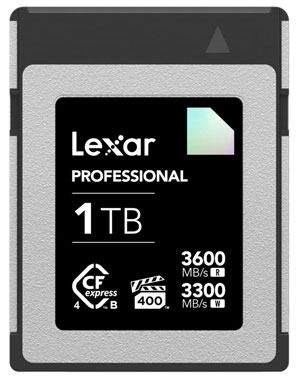
Finally, the world fastest CF express Type A card arrived, Lexar has released the CFexpress 4.0 Type A card GOLD series, card makers claim is the world fastest CFe-A card in the world, with a read speed of 1800 MB/s and a write speed of 1650 MB/s. So, it will surely not allow the Sony A7 IV camera to heat up if it arrives with a 44 MP Sensor? Who knows.. but your camera needs faster Cards to prevent your camera from overheating.. and it is the most important factor overlooked by many.
Back to the topic, Lexar is the first memory card manufacturer to release CFExpress 4.0 standard CFe-A cards,
Get LIVE RUMORS –> FACEBOOK | TWITTER | INSTAGRAM to get live news
By admin, on January 11th, 2024
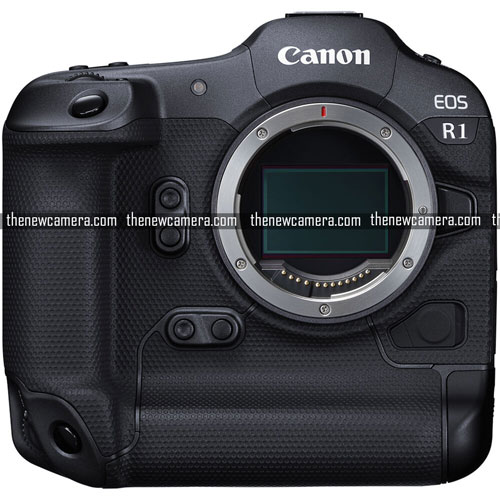
Canon R1 Doesn’t Record Video in 8K – According to the latest rumors we have from the rumor mill the upcoming Canon R1 Camera doesn’t record videos in 8K mode, here is the set of specs we came to know about the Canon R1 camera from the latest rumors we have
Canon R1 Early Specs
– no global shutter
– no 8k
– less than 45 MP
I am happy to hear that the Canon R1 and Canon R5 Mark II do not come with global shutter sensors after looking at the low-light performance of the Sony A9 III camera (although this news isn’t new to us). But, the big question is why drop MP below 45? If you compare with Sony A1 and Nikon Z9 both have 50-45 MP sensors, the market competition is going around 40+ So Canon should also announce something in a similar resolution otherwise it will look like an update to a Canon R3, not a flagship camera.
Get LIVE RUMORS –> FACEBOOK | TWITTER | INSTAGRAM to get live news + Canon rumors 24X7
source CR.com
By admin, on January 10th, 2024
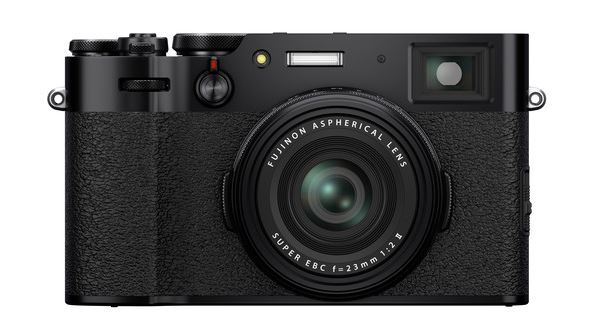
The so-called rumor mills over the internet create false rumors at first and after a week contradict their rumors, at thenewcamera.com we have very clearly said from the beginning that the Fuji X100 VI camera is coming and we never named that camera Fuji X100 R OR Fuji X100 Z, like others those who report tons of rumors in a single week.
How Fuji Keeps the Name of X100 Series cameras
Learn the Baisc before running a Rumor Mill – How Fuji Keeps the Name of X100 Series cameras – When the Fuji X100 series was born the team decided to keep the camera name either with an alphabetical letter or with Roman letters since the Fuji X100 S was already being used by the Fuji X100 II camera back in 2013, now team was not able to use the Fuji X100 S series name in the sixth edition of the camera and neither they can use in the 7th edition.
Fuji X100 Series Camera Names [already announced]
Fujifilm X100: February 8, 2011
Fujifilm X100S: January 7, 2013
Fujifilm X100T: September 10, 2014
Fujifilm X100F: January 19, 2017
Names of Fuji Upcoming X100 Series camera
Fujifilm X100V: February 4, 2020
Fuji X100 VI – 2024 [Confirmed]
Fuji X100 VII – 2027 [Expected]
Fuji X100 E – 2030 [Expected]
Fuji X100 N – 2033 [Expected]
Fuji X100 X – 2036 [Expected]
Big Chances Fuji Will Re-name the series
Yes, there are big chance that Fuji will consider re-naming the series after this post since now everyone knows how Fuji Keeps the names of the X-100 Series camera and the Future names of the upcoming X100 Series models.
The Story doesn’t end here, we are the first website to post the expected core specification of the Fuji X-100 VI camera in a post published back in December 2022
The Specs that we expect from the Fuji X-100 VI
- 40MP APS-C X-Trans CMOS 5 HR BSI Sensor
- X-Processor 5 Image Processor
- Fujinon 23mm F2 Lens / OR Maybe a new lens
- Hybrid 0.52x OVF with 3.69m-Dot OLED EVF
- 3.0″ 1.62m-Dot Tilting Touchscreen
- DCI/UHD 4K Video Recording at 60 fps
- 425-Point Hybrid AF System | Improved AF Tracking
- Bluetooth and Wi-Fi Connectivity
- Film Simulation Modes
Also, the expected core specification of the tobe announced Fuji X-Pro 4 Camera, coming in Second half of 2024
The Specs that we expect from Fuji X-Pro 4
- 40MP APS-C X-Trans CMOS 5 HR BSI Sensor
- X-Processor 5 Image Processor
- 4K 60p 4:2:2 10-Bit Video
- 7-Stop In-Body Image Stabilization
- 425-Point Intelligent Hybrid AF System
- 3.69m-Dot OLED Electronic Viewfinder
- Bluetooth and Wi-Fi Connectivity
- ProRes & Blackmagic RAW via HDMI
Also, see – the Fuji X-T6 Coming in August 2025
Follow us on our social pages FACEBOOK | TWITTER | INSTAGRAM, –> See More Fuji Rumors Or subscribe to us via Email
By admin, on January 9th, 2024
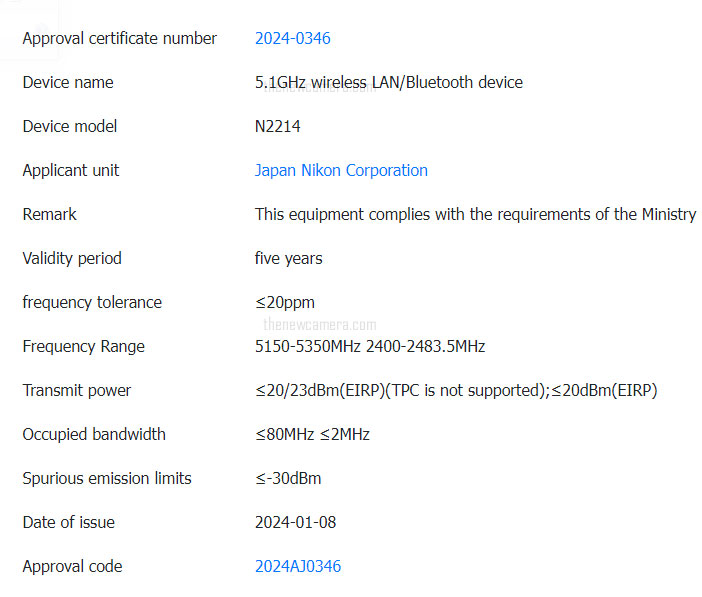
According to the latest rumors from sources, Nikon has registered a new camera with model code N2214, as per the latest info the registered camera is Nikon Z6 III, although we have to wait for further confirmation. This specific camera supports 5.1 gigahertz of Wi-Fi and Bluetooth connection. In general, Nikon roughly takes two to three months to announce a new product so Next Camera Announcement in March-April 2024.
Follow us on our social pages FACEBOOK | TWITTER | INSTAGRAM to get live news + Nikon Rumors 24X7
By admin, on January 8th, 2024
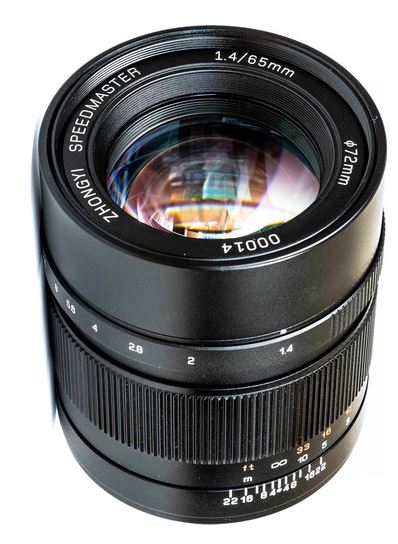
Mitakon Zhongyi Auto Focus lens will soon become a part of Third-party lens makers with AF Lenses, According to the latest rumors we have Mitakon Zhongyi Optics is developing an autofocus lens, but there is currently no specific specification information. According to a technology UP owner, Zhongyi Optics’ first autofocus lens may have a focal length between 35mm and 85mm.
Se lenses by Mitakon Zhongyi at B&H Store
It’s a good thing for competition that more and more lens makers are making AF Lenses, it will make their reach wider and put an affordable price tag on it.
Follow us on our social pages FACEBOOK | TWITTER | INSTAGRAM, If you have time –>see more Sony Alpha Rumor
source weibo
By admin, on January 7th, 2024
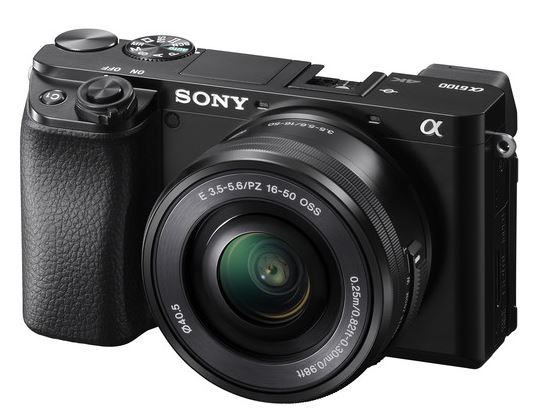
According to the latest set of rumors, the Sony A6200 camera will arrive with the same 26MP sensor, and at the same time the Sony A7 V camera is expected to arrive with 49 MP sensor take a look
Sony ZV-E10 II 26M (no mechanical shutter), A7M5 49M, A6200 26M, A7S4 40M (new processor features), FX3 II 12M (electronic ND + IBIS).
The above upcoming details are expectations from a Chinese source, Although it looks quite logical to me, at the same time if Sony continues to raise the resolution bar of the A7 Series camera [Sony A7 V ] then what will happen to the Sony A7R series? will they shift the A7R camera series resolution to 100MP in upcoming cameras of the future? who knows, maybe the Sony A7R VI may have it.
Sony A7S IV is said to feature a 40MP sensor, if that happens for sure we will witness the introduction of 8k recording capability in the Sony A7S series camera, and FX3 II will have a 12MP (electronic ND + IBIS), well why one will buy FX3 II limited to 4K when one has an option of Sony A7S IV with 8K capability, a bit contradicting specification here but let’s see what happens next
A look back at some previous rumors –
A few days ago we received rumors, that the Sony ZV-E10 mark II will have the same 26 MP sensor as the Sony A6700 camera. and the camera is expected to arrive before August 2024.
We have published Rumors related to the upcoming Sony A7 V, we are expecting the Sony A7 IV camera to arrive with a Sony 44 MP sensor.
We will post more updates as soon as we get any.
Follow us on our social pages FACEBOOK | TWITTER | INSTAGRAM, If you have time –>see more Sony Alpha Rumor
source webio
By admin, on January 6th, 2024

We shared the same information back in October 2022, [You can check here] that Canon is planning to announce the Canon R1 camera first, and after that, we will have the Canon R5 Mark II camera. now we got confirmation about the same from other sources too. According to the rumor mill the R1 coming before the R5 mark II, The information seems quite reliable, as it comes from a well-established source. The phrase used by rumor mill is “consider this to be in the bank” which is an idiomatic expression meaning that you can rely on this information as being accurate or certain. So, keep your fingers crossed and wait for a big update from Canon
Summary of the rumors shared by the rumor mill
Latest updates related to the Canon EOS R1
- Canon EOS R1 unveiling imminent: Reliable sources expect an official announcement soon, before the EOS R5 Mark II.
- Built from the ground up New components, no recycled parts, aiming for the ultimate flagship experience.
- Extensive marketing campaign: Canon gearing up for a major launch, starting this quarter.
- Specifications under wraps: No official details yet, but leaks will arrive soon.
- CFexpress Type C absent: Rumors suggest sticking with the existing card format.
- EOS R5 Mark II update later: Announcement is expected in mid-to-late summer 2024.
- Stay tuned for more: Further information will arrive for sure in the coming weeks.
We will post an update as soon as we get it, stay tuned for Canon R1 Specifications and leaked images.
Get LIVE RUMORS –> FACEBOOK | TWITTER | INSTAGRAM to get live news + Canon rumors 24X7
source camerainsider
|
KEEP THIS BLOG ALIVE - Support New Camera Buy Canon Lenses, Buy Music CD or Digital Camera at amazon it helps this site, and you do not pay anything extra, it is just a way to help support this site.

|











